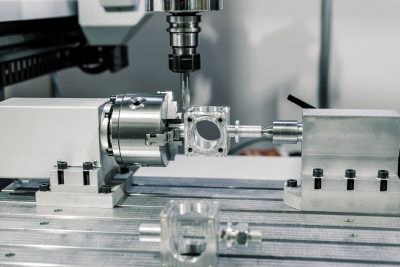ABS Plastic 3D Printing

ABS Plastic 3D Printing
Additive Manufacturing Using Augmented Deposition Modeling For ABS Parts
3D Printed Parts of Acrylonitrile Butadiene Styrene [ABS] plastic offer physical properties of your choice for various industrial and medical applications. We utilize three variations of this material: Plain (unenhanced), Carbon filled and Glass filled. At Macfab, we deliver ABS parts for implants, electric plug holders, hardware, jigs and fixtures, and other components by leveraging high-tech industrial 3D Printers.
These parts are light weight, highly resistant to abrasion and capable of achieving geometries not attainable by machining. Our ABS parts are created utilizing Augmented Material Deposition and Fused Deposition Modelling [FDM] techniques.
ABS Thermoplastic Composition
ABS, also called Terpolymer, remains one of the initial plastics to be used in 3D Printing. The material, ABS, is obtained by polymerization of 1/4th acrylonitrile and a little more than ½ of styrene. This polymerization reaction takes place in the presence of 1/5th of polybutadiene.
A specific composition in ABS makes it highly resilient and machinable.
Understanding the Process of ADM/FDM 3D Printing
3D printing process where a filament of solid thermoplastic material is pushed through a heated nozzle, melting it in the process. The printer deposits the material on a build platform along a predetermined path, where the filament cools and solidifies to form a solid object. In this way, the printer adds multiple layers of thickness ranging from 0.06 mm to 0.25 mm for a final deliverable. Base Material or water soluble materials are used for printing support structures.